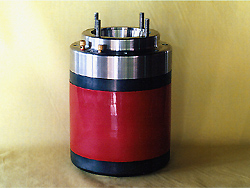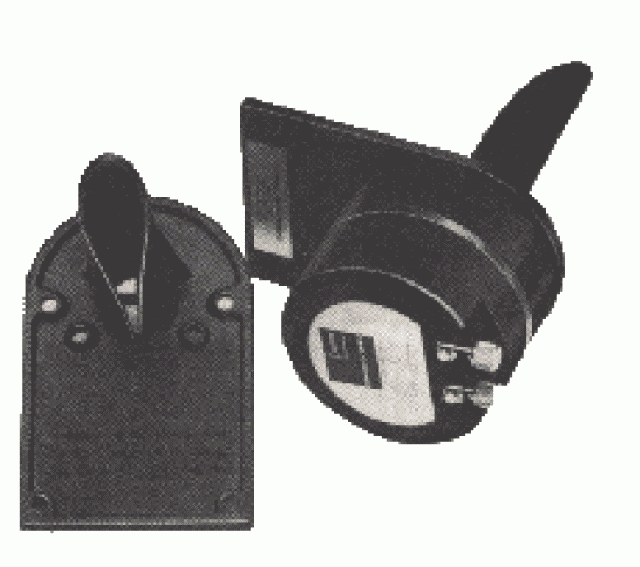| The first horns were invented by cinema sound pioneers to increase acoustic output by
providing an "impedance match" between a compression driver diaphragm and the air in
the listening area. This was absolutely necessary as the amplifiers at
that time were only a few watts. As amplifiers became more efficient and drivers more sensitive, horns were used to control
the dispersion of the acoustic pressure wave. 30 years ago, the constant directivity horn was
developed, and innovation allmost stopped.
|
|
| Lamda Unity
horn, K-coupler
Patent pending design
- Copyright 2000, Lambda Acoustics Inc. Copyright 2000, Sound Physics Lab Inc.
(invented by Tom Danley)
http://diy.lambdacoustics.com/products/unity.html Sold as DIY kits - limited to 3 kits per customer! Kits include assembled wood lense and all parts needed including drivers, crossover parts, screws, brackets, etc. This technology is based on a pyramid-shaped, multi-band wave guide, to combine the amplitude and phase from a multiple number of drivers into a single coherent acoustic output. It is in effect a 2-way horn, 5 driver system including a passive crossover that effectively acts as a single driver on and off axis. |

|
|
60° x 60° dispersion pattern provides superb energy
time curve response over an extended bandwidth
while lowering undesirable side wall and floor
reflections from reaching the listener and clouding thesound.
Frequency Response:
300hz ~ 20,000Hz + or - 3dB typical |
 |











